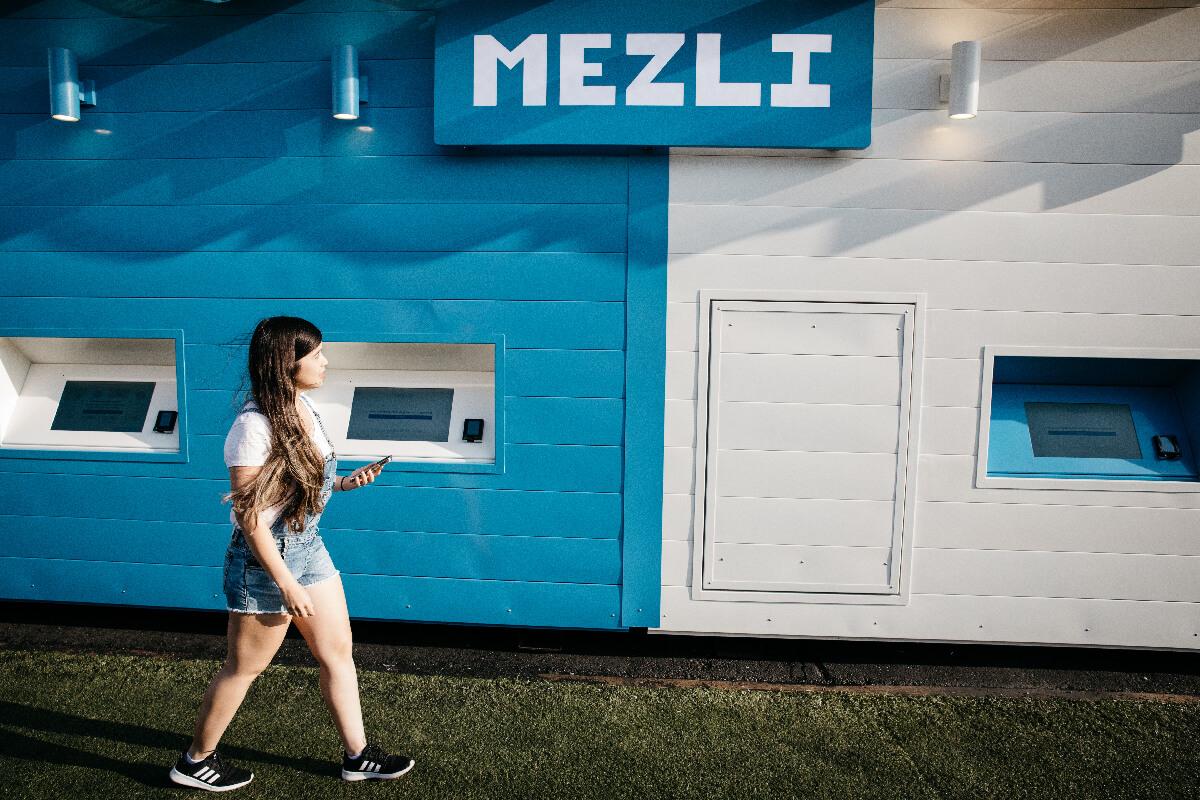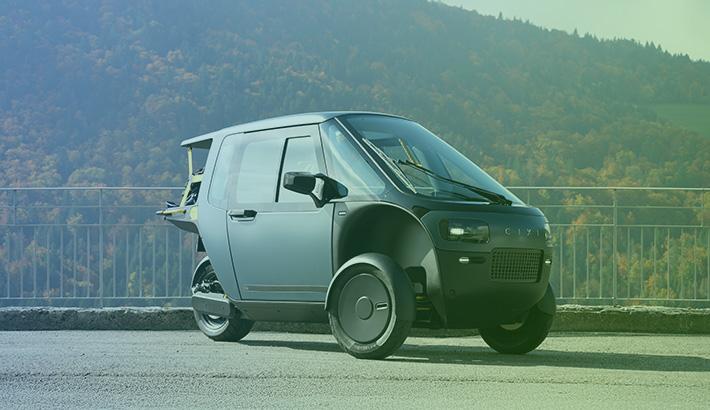
02:46
Prep time:
2 years
Cook time:
Ongoing
Level:
All
Review:
✰✰✰✰✰
Directions
Ingredients:
1. An Idea
2. Hunger
3. Cloud-Native CAD
4. Prototype Plans
5. Lots of Chopped Up Tomatoes
Step 1: Spark a Startup Idea
For Mezli co-founders, Alex Kolchinski, Alex Gruebele and Max Perham, too many days had been spent in the glow of the empty refrigerator's light hoping for healthy and filling food to appear.
They were poor grad students living off a small stipend in one of the most expensive parts of the country, Palo Alto, California. After living off days-old meal prep and the same dining hall meals, the Stanford University students set out to test the idea that there was a better way to get grub that wasn’t expensive, entirely bad for you, and time-consuming.
The lightbulb moment, realized in refrigerator light, was a fully-automated restaurant that offered healthy meals quickly at an affordable price.

(Courtesy: Allison Busch / Mezli.com)
Step 2: Market Research
After the idea baked for a while, the team set out to research what kind of ingredients were needed to successfully build out their vision.
The Mezli co-founders spent hundreds of hours speaking to restaurant and automation industry experts to find out how to streamline not just food, but mouth-watering dishes to our stomachs.
“We approached it by working with chefs from the very beginning instead of trying to build a robot and then stick food into it,” Gruebele says. “We wanted to make sure that we could get the best possible flavor and freshness with all of the processes that we wanted to do to automate it.”
They were able to enlist Eric Minnich, a chef with Michelin-award-winning restaurant experience, to create tasty meals.
Step 3: Develop Your Offerings
After researching food options, the team was able to form a list of recipes that would be both delicious and automateable. In other words, the perfect way to go was Mediterranean – the best diet for overall health, by the way.
With the menu in development, the team had to work out how the robot would deliver meals.
“A lot of food automation companies go for flair and novelty, like a robot arm that scoops stuff individually,” Gruebele says. “It looks fun, like a show, but is slow and has low reliability for the cost.”
Shifting focus helped the team land on a design based on industrial factory lines, which, as a plus, grants better control for customer customizability.
“It's like a micro factory that's been put inside of a shipping container so we can more easily manufacture it, instead of spending a lot of time building infrastructure onsite” he explains. “We can just pick it up and move it.”
Step 4: Use the Right “Kitchen” Utensils
The tools used to build a meal are almost as important as the meal itself. Is it the same for building automated restaurants?
For the Mezli team, yes. They needed collaboration, which cloud-native Onshape offered.
“When you’re a small, agile team that just wants to work as fast as possible, you want to be able to tell the mechanical engineer if they could change a part or make an edit right away,” Gruebele says.
“Onshape was perfect for that, especially for this scale,” he continues. “It allowed us to move very, very quickly and we didn't have to worry about transferring files between computers and worrying about releases and revisions.”
“That’s what we love most about Onshape – the agility.”
Mezli modeled in Onshape and its real-life counterparts. (Courtesy: Mezli and Albert Law)

Step 5: Building an Automated Restaurant
“Don’t make everything yourself,” is the top piece of advice Gruebele would give to anyone beginning on their startup journey.
“Engineers have a tendency to run the CNC machine and the like ourselves because it’s fun – but it’s also extremely time-consuming,” he says. “Manufacturing plants do it way faster and cheaper than you’ll ever do it.”
The entirely robot-ran restaurant opened in August 2022 at SPARK Social food park located in San Francisco’s Mission Bay. Meals start at $6.99 and are completely customizable – just use the website or the kiosk outside the restaurant to order.
In the future, the team hopes to expand into other cuisines and bowl-focused delicacies.
Step 8: Your Turn
Ready to cook up your own startup?
Try Onshape Today
Head to our sign-up page to choose the right CAD plan for you and your team.
Latest Content

- Case Study
- Automotive & Transportation
Zero Crashes, Limitless Collaboration, One Connected Workflow With Cloud-Native Onshape
12.04.2025 learn more
- Blog
- Becoming an Expert
- Assemblies
- Simulation
Mastering Kinematics: A Deeper Dive into Onshape Assemblies, Mates, and Simulation
12.11.2025 learn more
- Blog
- Evaluating Onshape
- Learning Center
AI in CAD: How Onshape Makes Intelligence Part of Your Daily Workflow
12.10.2025 learn more
- Blog
- Evaluating Onshape
- Assemblies
- Drawings
- Features
- Parts
- Sketches
- Branching & Merging
- Release Management
- Documents
- Collaboration
Onshape Explained: 17 Features That Define Cloud-Native CAD
12.05.2025 learn more



